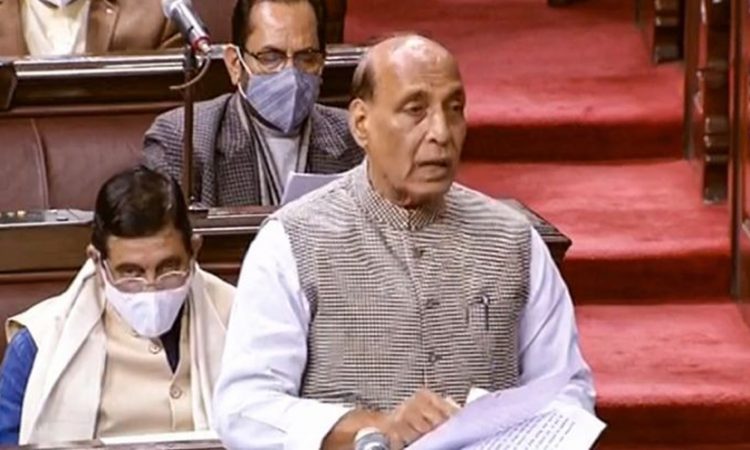Jubilee News Desk
In what may appear to be an amicable breakthrough to the Indo-China border issue that is nearing a year now, the two nuclear armed nations are likely to pull back troops from part of their disputed Himalayan border.
The two sides have seen several rounds of scuffle, talks and a deadly clash in June 2020. India defence minister Rajnath Singh told parliament the two sides had reached an agreement to withdraw from Pangong Tso, a glacial lake at 14,000 ft (4,270 metres), after several rounds of talks between military commanders and diplomats.
With identification of strategically important points and positioning ofIndian troops on hilltops giving India the edge, defence minister Rajnath Singh said.
“Our sustained talks with China have led to agreement on disengagement on the north and south banks of the Pangong lake,” Singh said. Singh said the move to withdraw troops in Ladakh was the result of “sustained talks” between the nuclear-armed neighbours. These remarks came a day after a similar announcement from China.
Tension has been high since the clash that left fatalities. China’s defence ministry has announced that frontline troops from the two countries were pulling back from the shores of the lake.

The standoff began in April 2020 year when India said Chinese troops had intruded deep into its side of the Line of Actual Control or the de facto border in the Ladakh area in the western Himalayas.
China said its troops were operating in its own area and accused Indian border guards of provocative actions.
Defence Minister Rajnath Singh told India’s parliament that since September, both sides had been communicating through military and diplomatic channels.
He said that after nine rounds of meetings between senior military commanders, “we have been able to reach an agreement on disengagement in the north and south bank of the Pangong Lake”.
Singh also told the parliament that China had “mobilised a large number of troops and armaments” along the border in Ladakh, and had illegally occupied 38,000sq km (14,700sq miles) of Indian territory in the region.
 Jubilee Post News & Views
Jubilee Post News & Views





